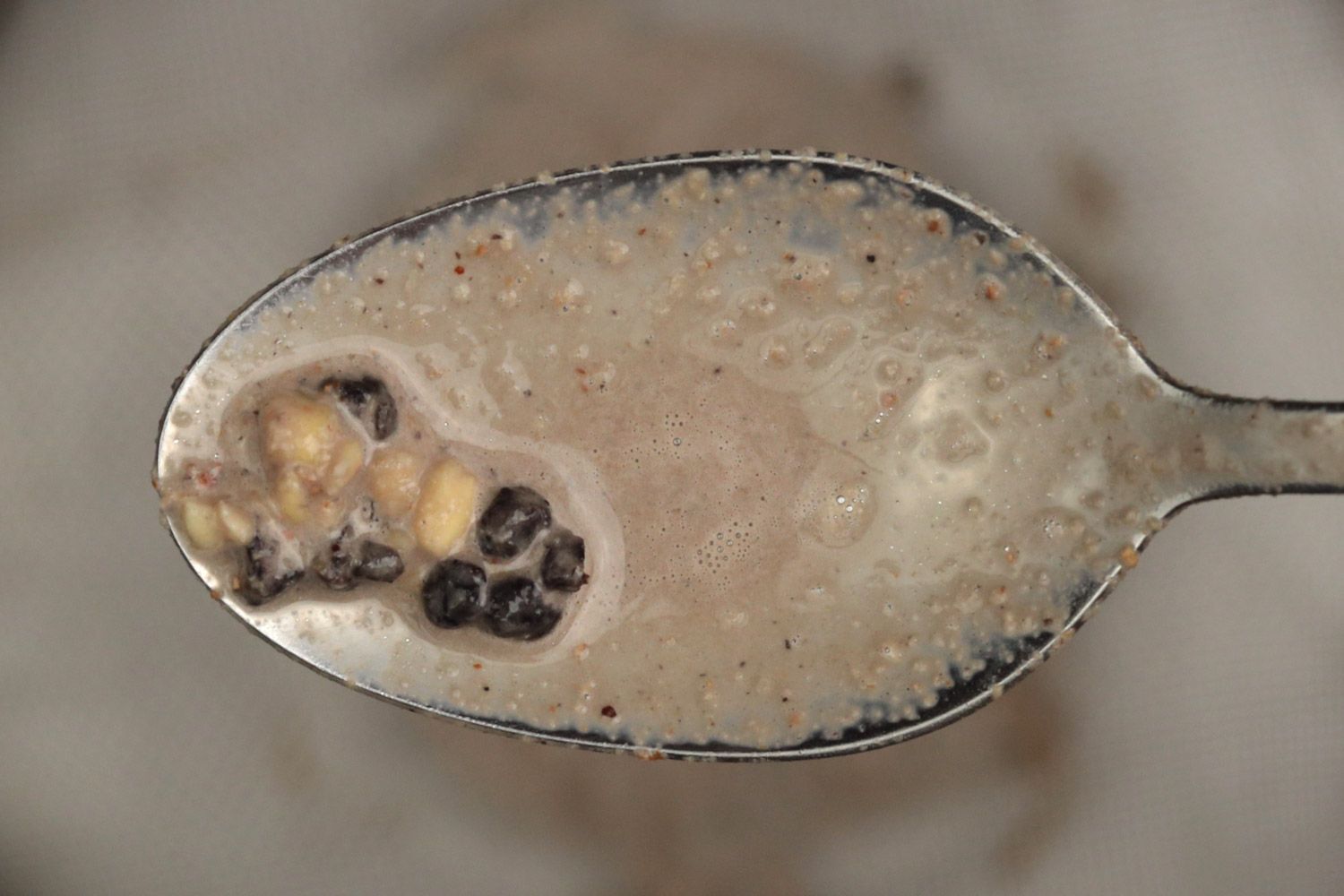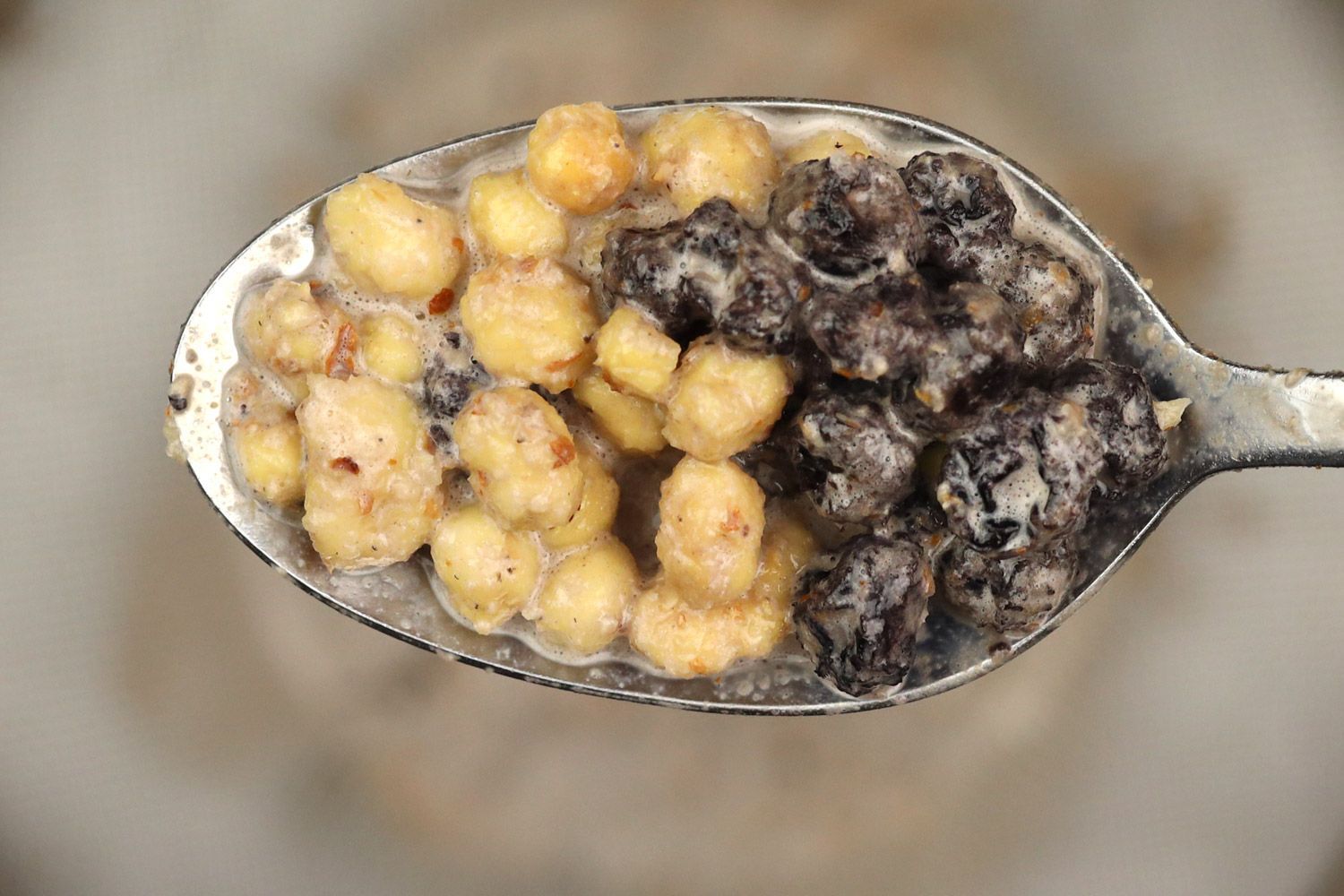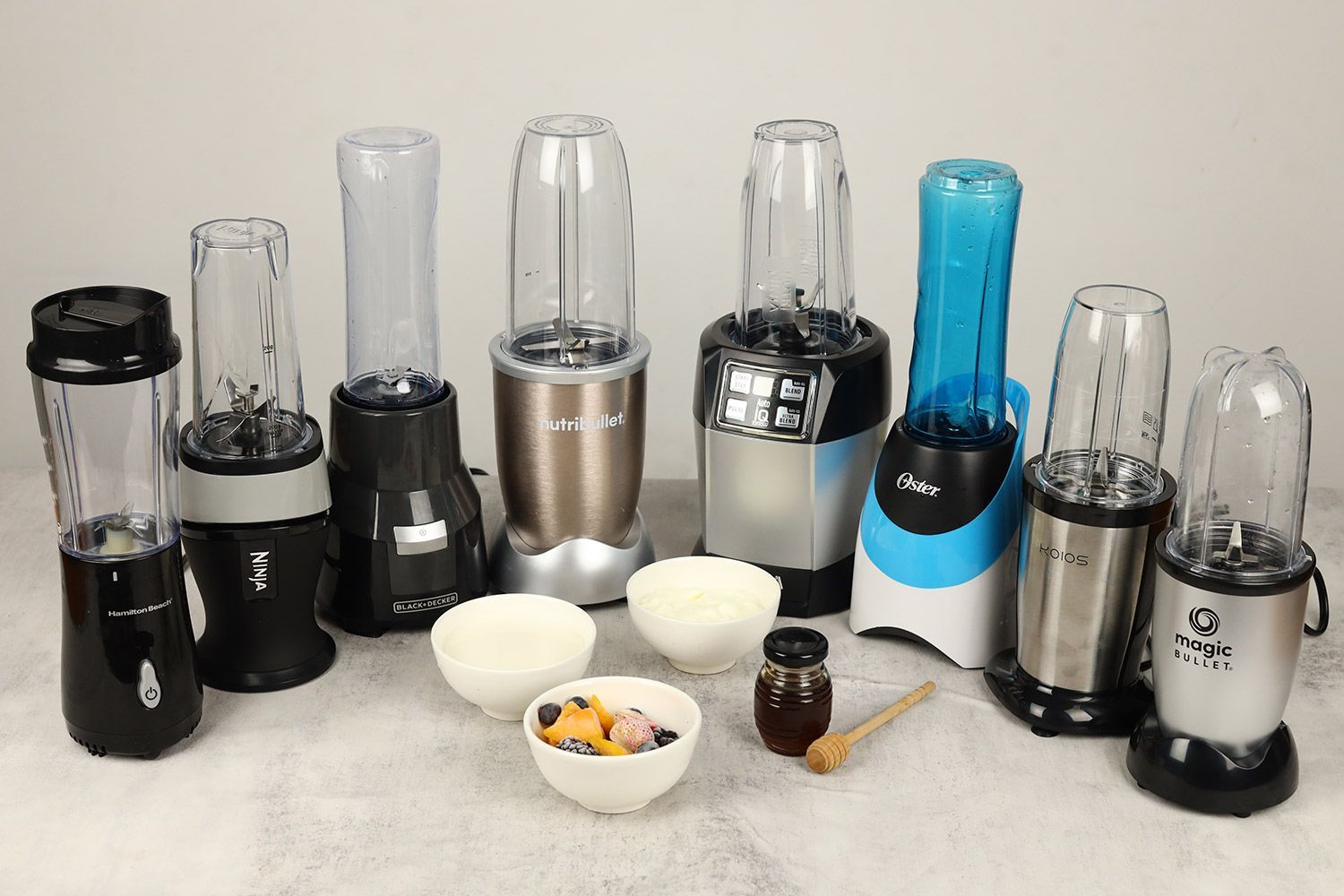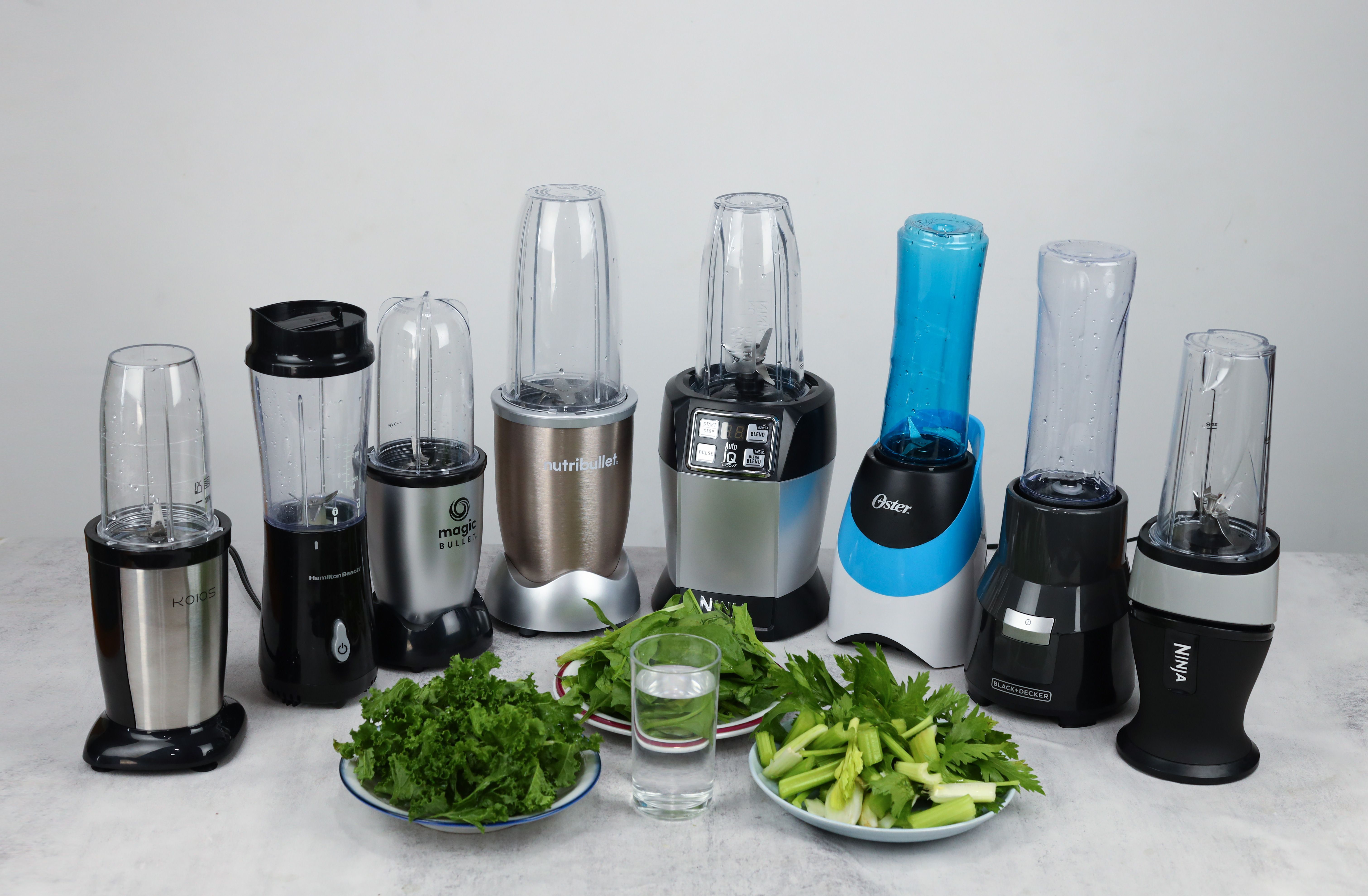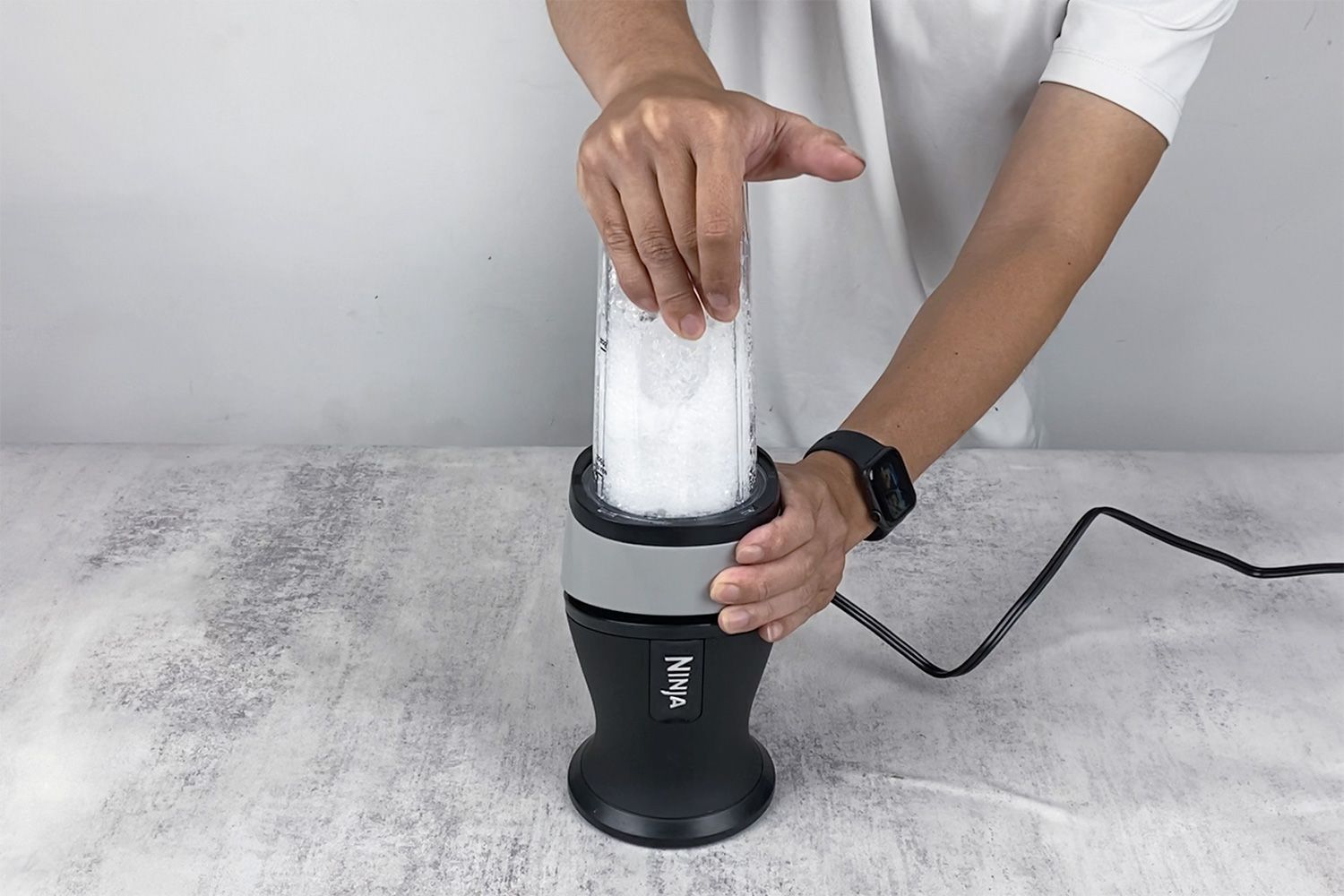Our recommendations are made independently. We may receive commissions from purchases made via our links.
Protein Shake Test for Personal Blenders
Personal blenders are popular for their protein-making capability, but this performance testing indicates some may do it better than others. Personal blenders are popular for their protein-making capability, but this performance testing indicates some may do it better than others.
This test is part of How Shouldit Tests Personal Blenders v1.0
People love personal blenders for their portability and convenience when it comes to preparing portioned nutrient-dense blends. That’s why, even though there are many ways to evaluate such on-the-go blenders, their performance on protein shakes is the most critical.
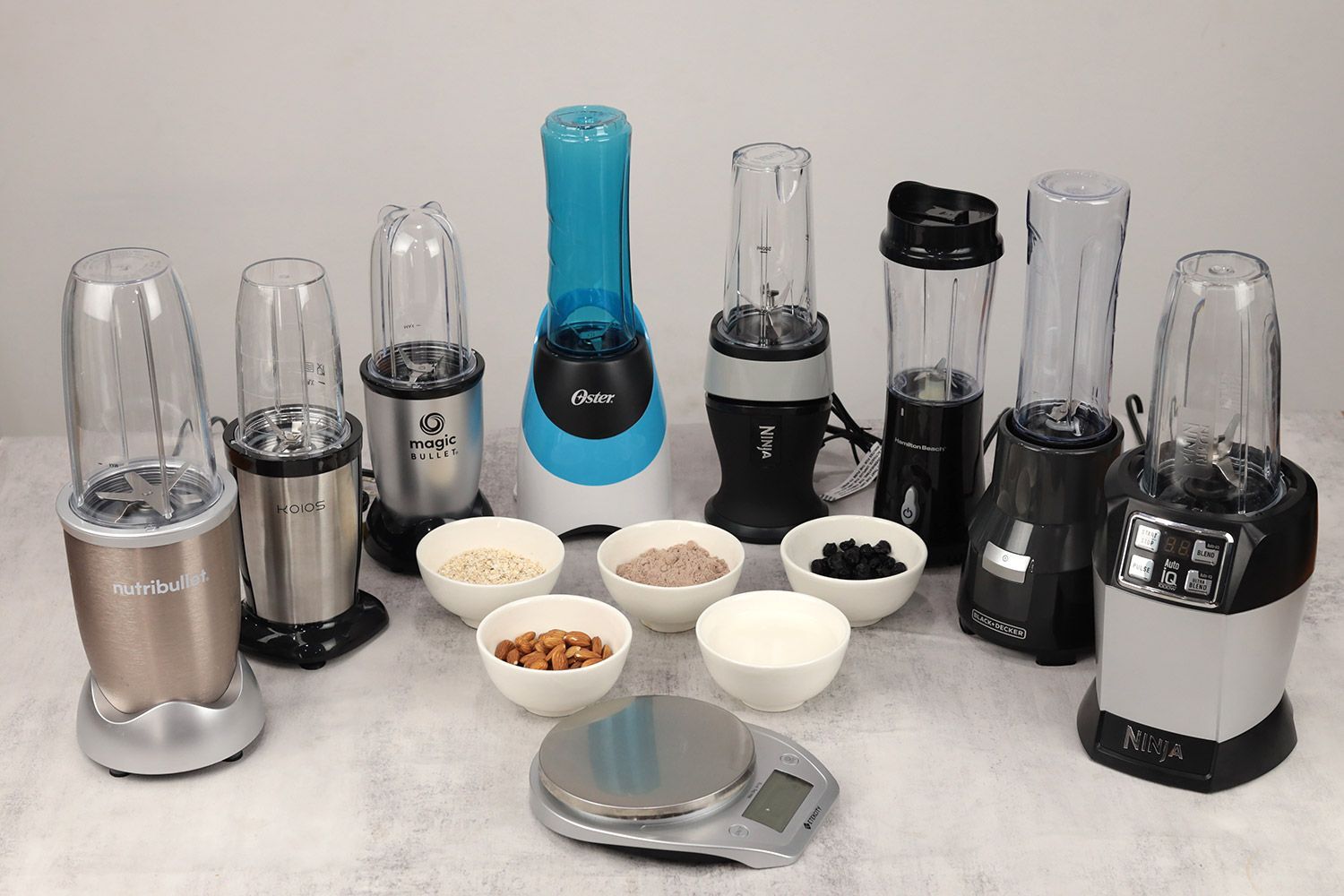
Why The Test Matters
Our protein shake consists of protein power, dried blueberries, oatmeal, almonds, and plain milk. We use whole grains and raw nuts rather than fresh fruits or root vegetables because they’re harder and thus give us a better idea of the blender’s efficiency. This test tells us how long each blending machine takes to create a serving of protein shake, how easy it is to use, and how smooth the resulting drink will be.
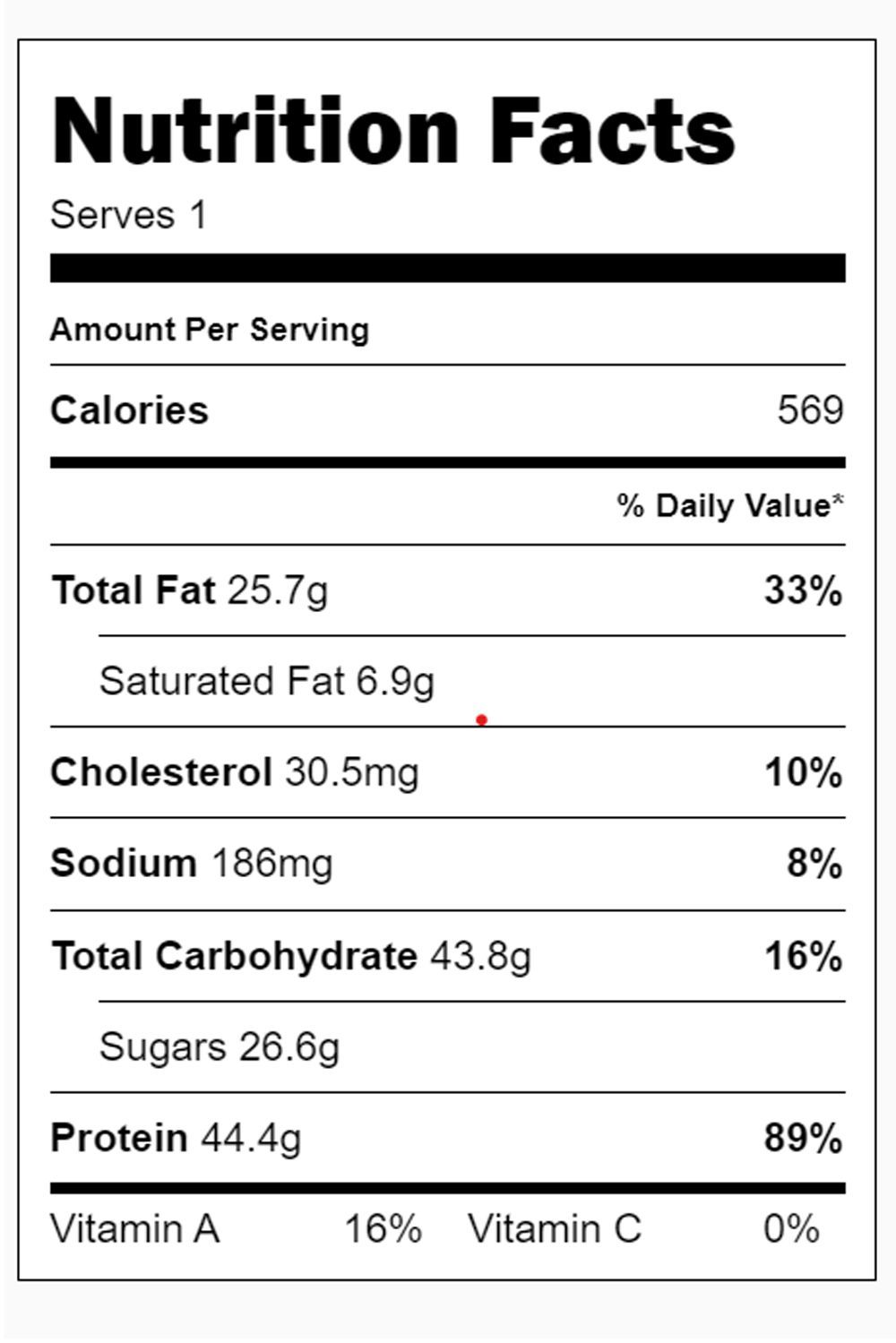
Testing Recipe: 1 Serving
- 6 tbsp protein powder
- 0.75 oz oatmeal
- 1 oz almonds
- 0.5 oz dried blueberries
- 1 cup whole milk
This protein shake recipe is a healthy breakfast option for anyone who’s short on time in the morning. It is nutritionally balanced, providing the right combination of protein, healthy fats, and fiber, but you can tailor it to fit your specific tastes.
Testing Procedure
We make one serving of protein shake by adding all the ingredients into the cup, then blending until they appear smooth. After that, we stir with a spoon to check the texture. If all oatmeal hasn’t been completely liquified, we will run the blender a bit longer. The process ends when the oatmeal has been completely broken down, leaving us with a smooth liquid.
We consider silky-smooth oatmeal as a requirement to pass this test. Improperly blended oatmeal will make your drink grainy, lumpy, and simply unpleasant to drink. We’ve also noticed after much practice that other ingredients will usually be near the perfect consistency by the time the oatmeal is fully pulverized. You may find a smattering of residual solids, but nothing that would turn off most fitness enthusiasts.
Since a silky-smooth consistency is hard to judge during the blend, we pause the machine every 10-20 seconds and check its texture. That gives us an accurate measure of the timing and thus, the machine’s efficiency for this type of blend.
Note that we don’t set the same blending duration for every blender as each of them comes with different power ratings. Not only that, but that way will also significantly reflect the overall efficiency of each blender, thus being more practical to our recommendations. We believe you may want to know about the blender’s final outcomes rather than how it performs in a certain amount of time.
Related: Best Blenders for Protein Shakes
Scoring Scale
This protein shake test makes up 40% of the overall performance score and is measured on a 0-10 scale. Each blender is considered to have passed the test once it completely pulverizes the oatmeal. Our scoring factors include the Blending Time (70%), Blended Almond Results (15%), and Blended Blueberries Results (15%).
The smoothies' flavor doesn’t contribute to that score since we use the same recipe for each test. Each one should taste roughly the same.
Blending Time Score (70%)
The blending time score is based on how long each blender takes to fully grind the oatmeal. We assigned this task the greatest weight (70% of the final score) because it indicates when the shake is actually ready to drink.
Here’s how our scoring breaks down:
- ≤ 40 seconds: We made protein shakes with a myriad of personal blenders and noticed that some worked so well that they could break down all the ingredients and provide us with silky- smooth drinks in only 40 seconds. That’s why we selected this timeframe as the benchmark for a full 10 points.
- ≤ 50 seconds: 9.5 points
- ≤ 1 minute: 9 points
- ≤ 1 min 10 secs: 8.5 points
- ≤ 1 min 20 secs: 8 points
- ≤ 1 min 30 secs: 7.5 points
- ≤ 1 min 40 secs: 7 points
- ≤ 1 min 50 secs: 6.5 points
- ≤ 2 mins: 6 points
- ≤ 2 mins 10 secs: 5.5 points
- ≤ 2 mins 20 secs: 5 points
- ≤ 2 mins 30 secs: 4.5 points
- ≤ 2 mins 40 secs: 4 points
- ≤ 2 mins 50 secs: 3.5 points
- ≤ 3 mins: 3 points
- ≤ 3 mins 10 secs: 2.5 points
- ≤ 3 mins 20 secs: 2 points
- ≤ 3 mins 30 secs: 1.5 points
- ≤ 3 mins 40 secs: 1 points
- ≤ 3 mins 50 secs: 0.5 points
- ≤ 4 mins: 0 points
Blended Almond Result Score (15%)
To determine this score, we drain the completed shake through a mesh strainer and then calculate points based on the shape, size, and amount of trapped almond chunks.
* For example:
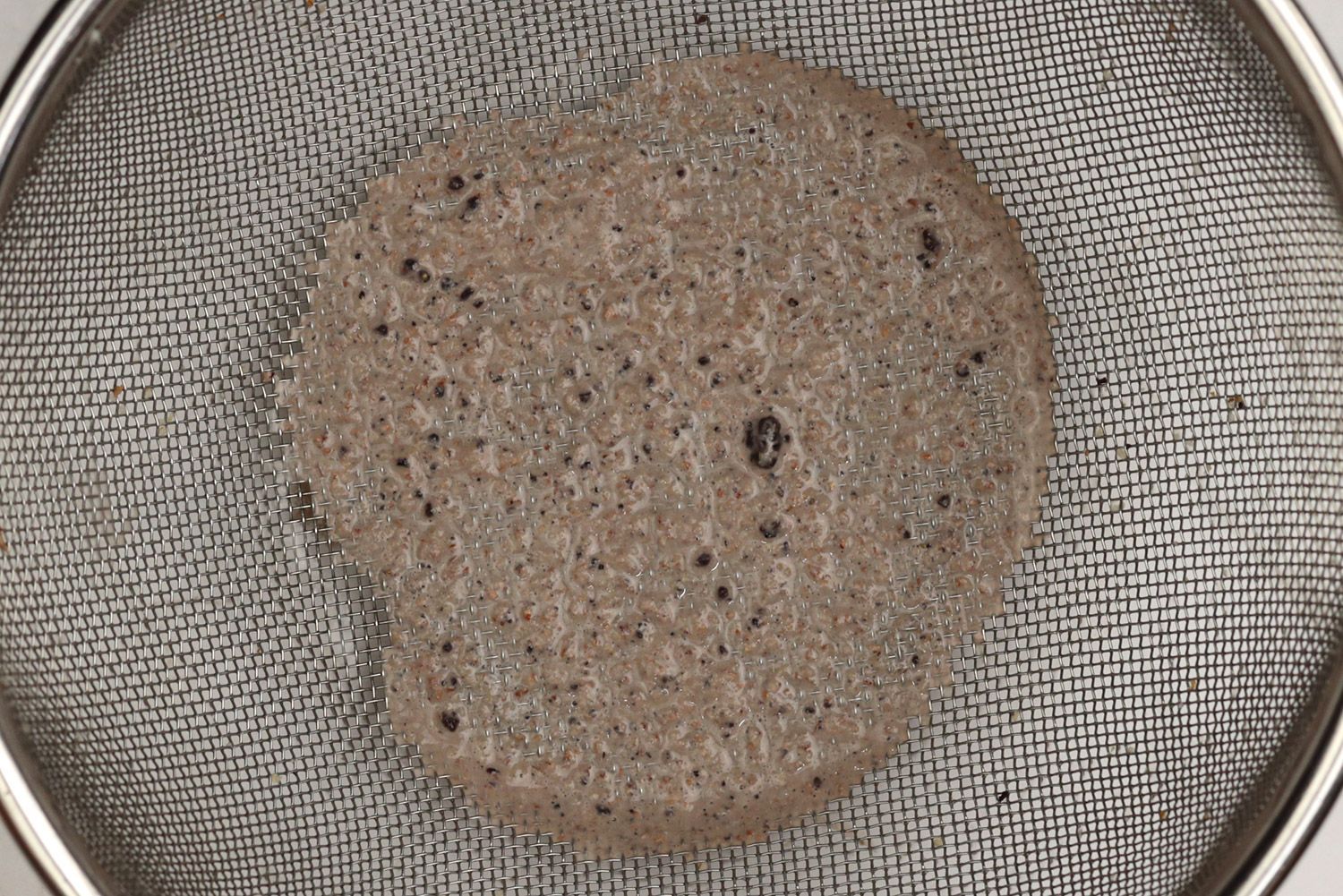
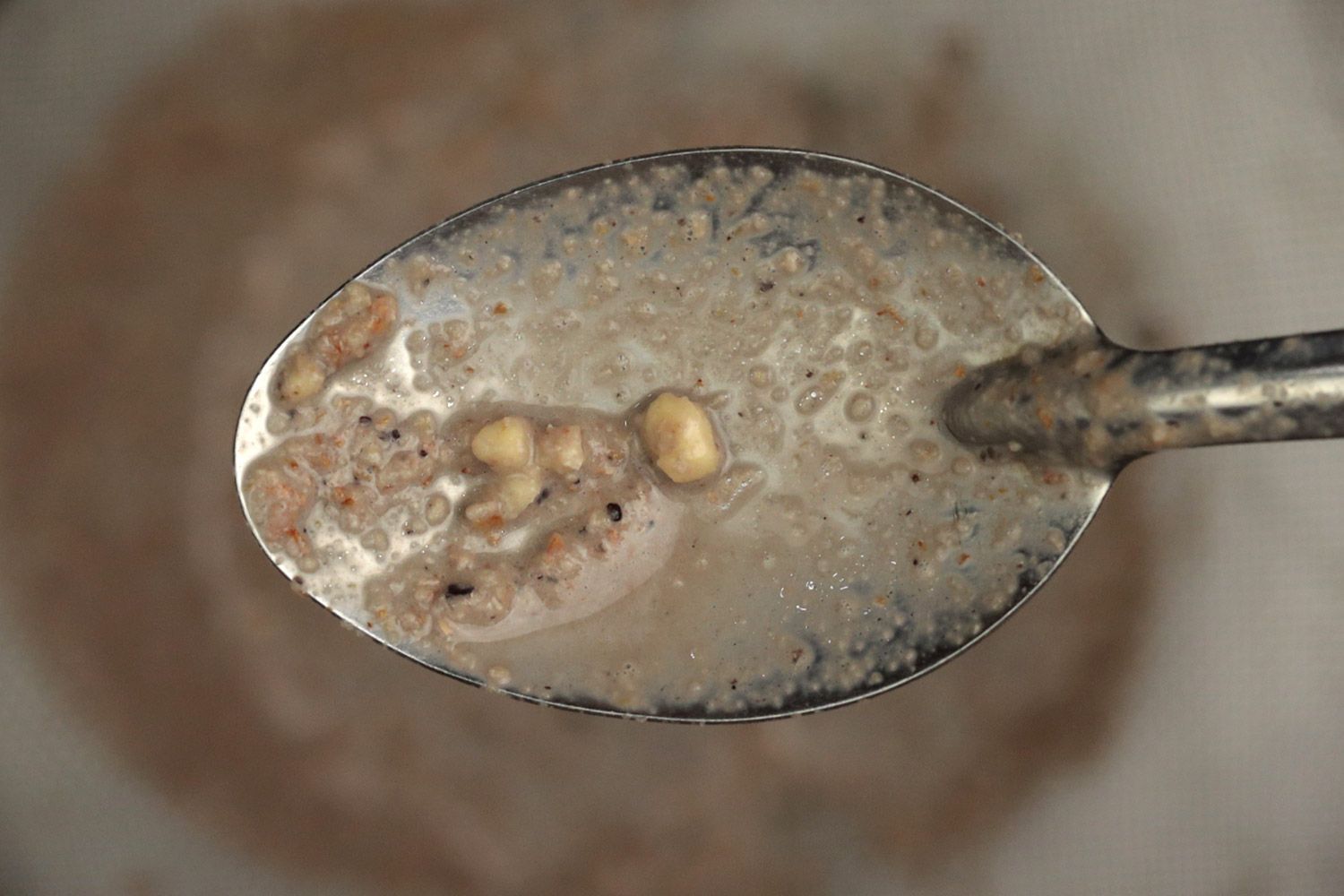
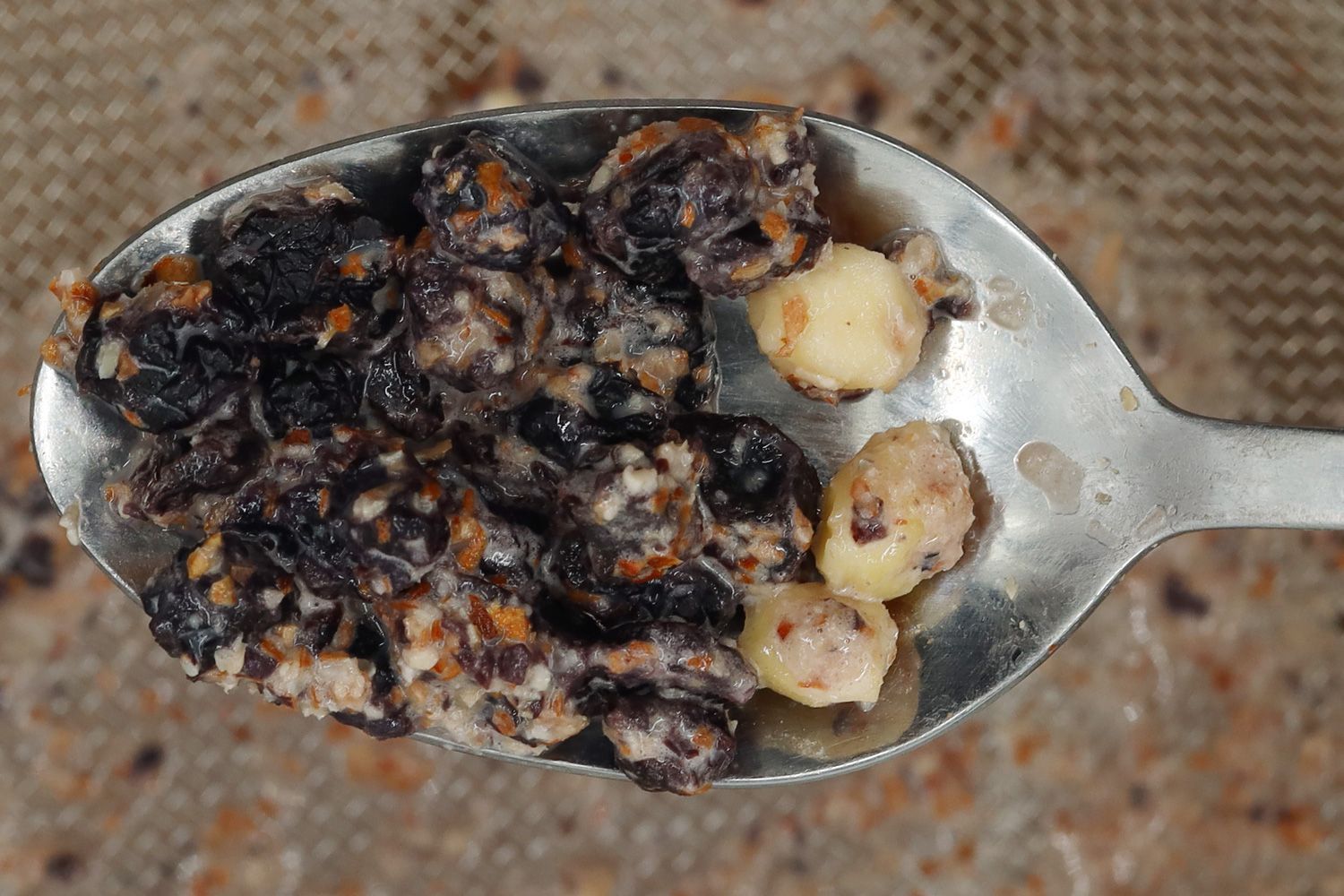
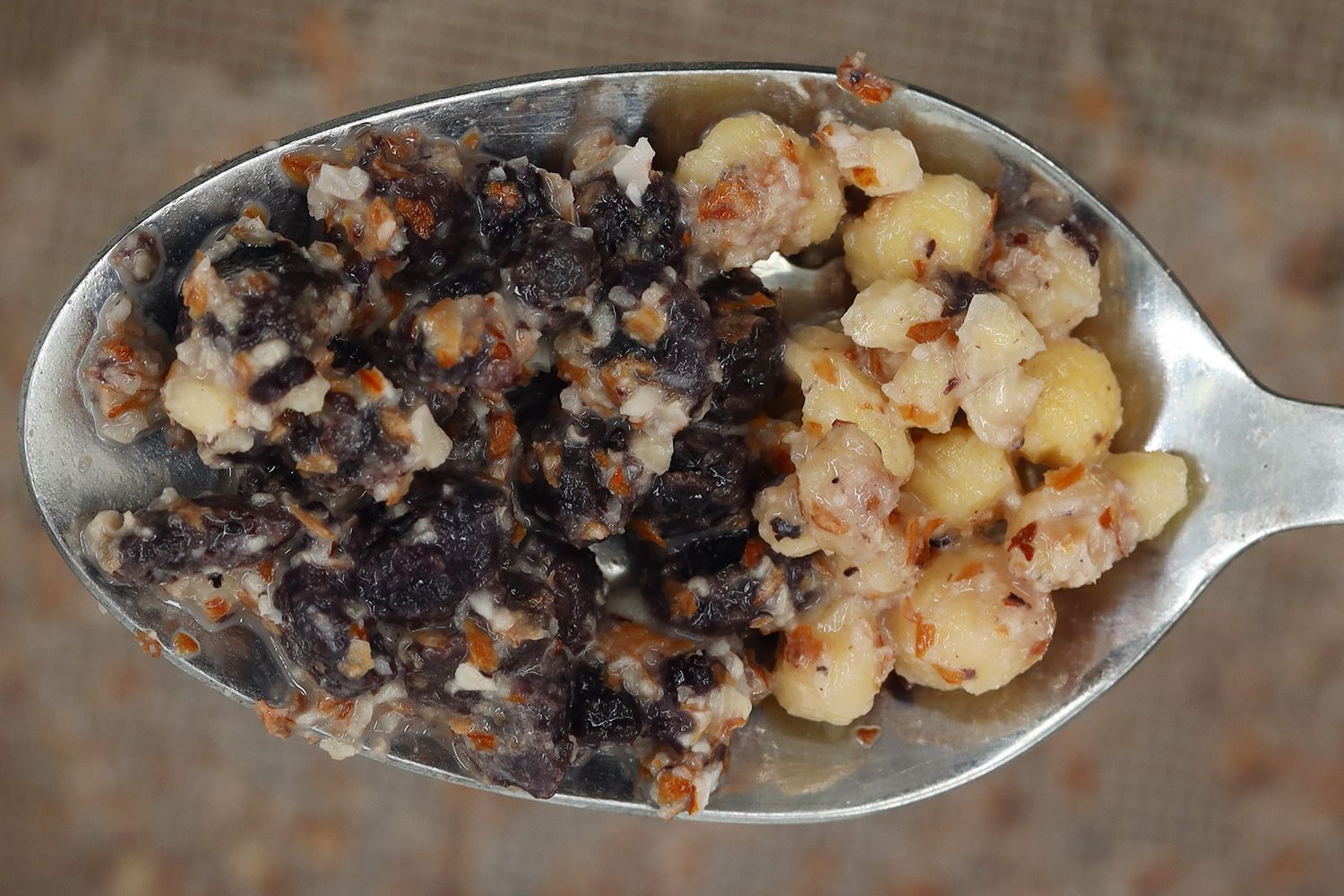
Blended Blueberries Result Score (15%)
For this particular score, we similarly check the shape, size, and amount of unblended dried blueberries left after straining. A blender that leaves larger chunks gets a lower score.
* For example:
